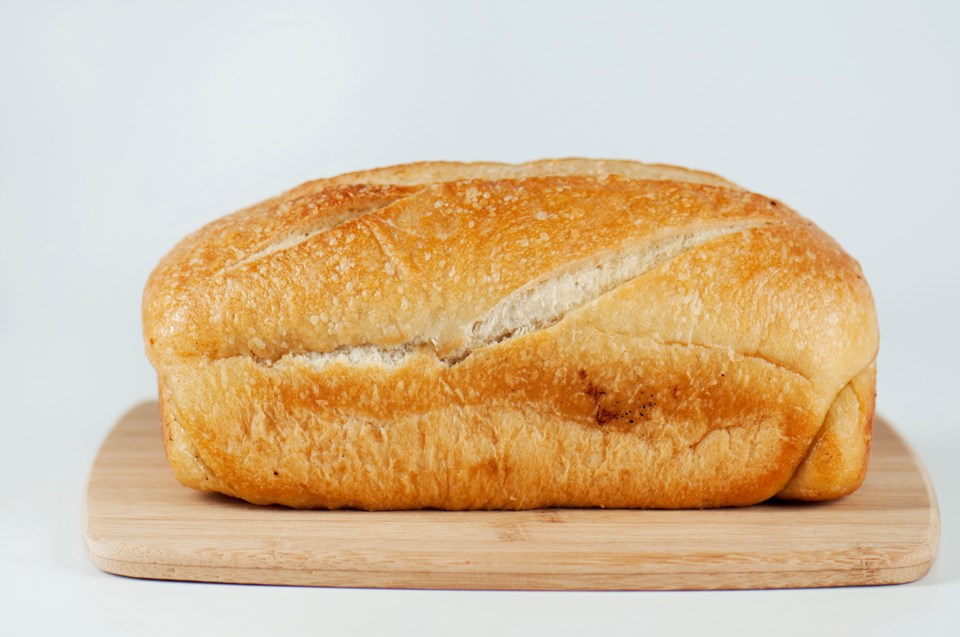LAKELAND - Last week, the Government of Alberta announced a change in regulations around the sale of foods made in private homes.
On May 28, changes to Alberta's Food Regulation were made official, allowing Albertan's to sell low-risk home-prepared foods. Low-risk foods don't require temperature control and have a low risk of foodborne illness. Some examples include baked goods, jams, jellies, candies, pickled foods and cereals.
High-risk foods, on the other hand, are foods containing meat, poultry, seafood, and raw milk. High-risk foods will continue to be prohibited. Those who prepare and sell high-risk home-prepared foods will still need the appropriate food-handling permits and will be subject to inspections.
Melissa Landiak operates a licensed kitchen from her home in the County of St. Paul. Her business, Barefoot Cookie Co focuses on the creation of custom cookies, which are deemed low-risk foods. On Thursday, Landiak says she was in the process of looking into the new regulations, and deciphering what they meant.
Upon first glance, she believes the changes are good for people who are trying to earn some additional income by selling food, and believes there are benefits to the changes. But, she also encourages consumers to be aware of what they are purchasing, and recognize there are standards that licensed kitchens must adhere to.
The change for low-risk foods is meant to increase access to locally prepared food, according to the provincial government, since home-based businesses will not require food-handling permits or be subject to inspections for foods that present a low risk for food-borne illness.
“This regulatory change maintains our standards for food safety, supports Alberta entrepreneurs, adds new jobs and benefits the economy by giving Albertans new opportunities to buy locally produced foods. It also makes it easier than ever to turn your passion into a home business," said Tyler Shandro, Minister of Health.
Home-prepared foods, including those sold at farmers markets, still need to be clearly and appropriately labelled so consumers can make informed choices. Vendors at farmers markets selling home-prepared foods will be asked to comply with the new labelling requirements, in addition to existing farmers markets guidelines.
According to the Government of Alberta, in 2016, food purchased at farmers markets reached an estimated value of $924.5 million, a 27.7 per cent increase over purchases made in 2012.


